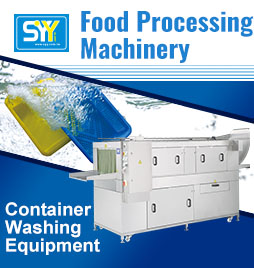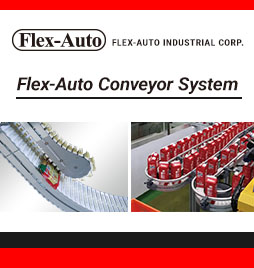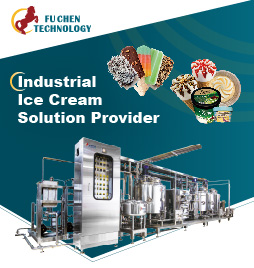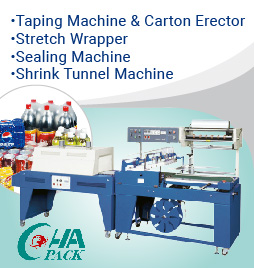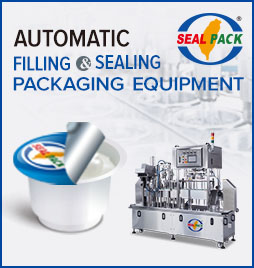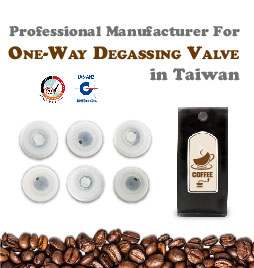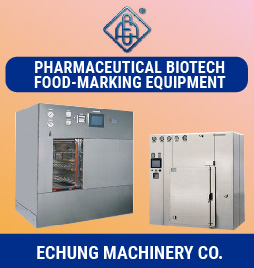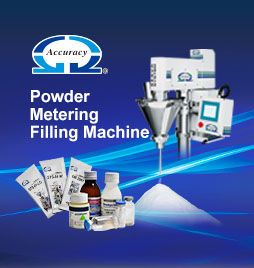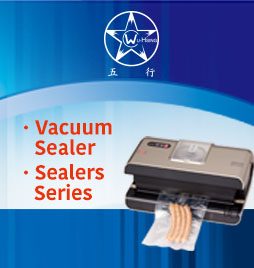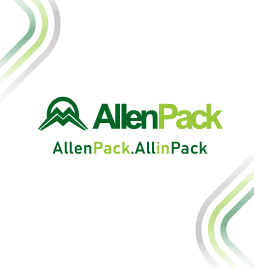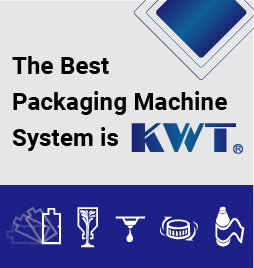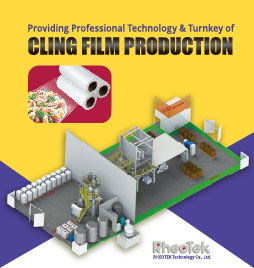MICROFOAMING TECHNOLOGY: changing world, changing packaging
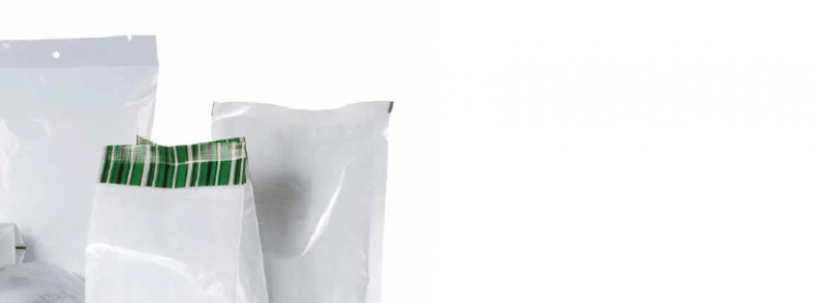
Microfoaming is a technology developed in order to meet the demands of the packaging market by way of a more sustainable solution, which reduces the greenhouse gas emissions. l Cladia Hernández*
* Scientific Researcher TS&D Latin America at Dow.
Micro-foaming1 is a technology, which decreases the weight of coextruded polyethylene films by way of controlled physical foaming. In addition, it allows a reduction in the material without compromising the performance requirements of the packaging. The best thing about this technology is that more packages can be produced with the same amount of raw material.
A solution for the Challenges the Packaging Industry is facing
The rapid growth of the world population is creating an even greater demand for food, which implies new challenges for the packaging industry. In order to minimize the impact of the carbon footprint, flexible packaging solutions meeting the sustainability goals in the value chain are required, and without affecting its performance.
The trigger for the development of this technology was a deep scientific knowledge, both to modify the molecular architecture, and the processes of foaming and extrusion of the design, which is tailored to the final properties of the films. This innovation comprises the injection of atmospheric gases into a co-extruded polyethylene structure so as to physically foam the films, and to reduce their density, which then allows to produce between 15% and 25% more packages with the same amount of raw material.
This process preserves or increases the thickness of the film so as to obtain an equal or better stiffness and functionality. Thanks to the presence of uniform cellular structure, foaming provides a pearlescent optical effect.
Micro-foaming technology addresses the sustainability issues of those who participate in this innovation, since it offers the converter the possibility of improving the profile so as to reduce the impact of the carbon footprint, and which helps the brand owners to meet their corporate objectives in this respect, while their market share is increased by offering new and lightweight packaging.
Saving the amount of material used in the production of these packages enables the plastic converters to considerably reduce the greenhouse gases (GHG).
Accessible Implementation
The implementation of the technology with converters requires a minor modification to the existing co-extrusion equipment. The project has been implemented in converting plants located in multiple countries in Latin America3.
The technology of micro-foam films was developed in order to meet the needs of the packaging market, along with the solutions to reduce the weight of the films and to improve the sustainability indicators. This process generated important innovations, which are facing the challenges the market is presenting nowadays, namely the conservation of the properties of the packaging, its form and performance during the filling process, among them.
The result is to increase the number of high quality packages, which are produced with the same amount of resin.
Technical propertiesof Microfoaming
This technology allows for a reduction in weight, while the thickness and packaging performance requirements are kept up. Among the most outstanding features of the micro-foam films are toe following ones: a) a reduction in weight of up to 30% without reducing the size, which increases the number of packages produced of the same amount of resin; b) thicker films and higher stiffness with less resin consumption; c) films with differentiated organoleptic properties, such as both being soft to the touch and a pearly appearance.
Competitive advantages
In addition to the increased production of more containers with the same amount of raw material, the contribution to the reduction in weight has a lower impact on the environment and, therefore, it reduces the carbon footprint, while this technology is versatile. It can be used in the development of flexible packaging for various fields, such as food, cosmetics and packaging, and in turn, it translates into competitive advantages, such as an environmental profile, which is better than the traditional packaging, a better maintenance of thickness, while the strength of the sealing and the structural and tear strength are improved, and a transparent packaging with differentiated optical properties and perception and/or lamination, a softer external surfaces allowing for a better printing quality, an isolation of packaged products, a reduction of direct and indirect costs due to savings in energy and final packaging.
1 Developed and patented techology by Dow.
2 Please refer to DOWLEX, GM, ELITE AT, AFFINITY and INNATE
3 MuCell Extrusion LLC is the company supplying the equipment necessary for the adaptation of the machinery and to achieve micro-foaming.

